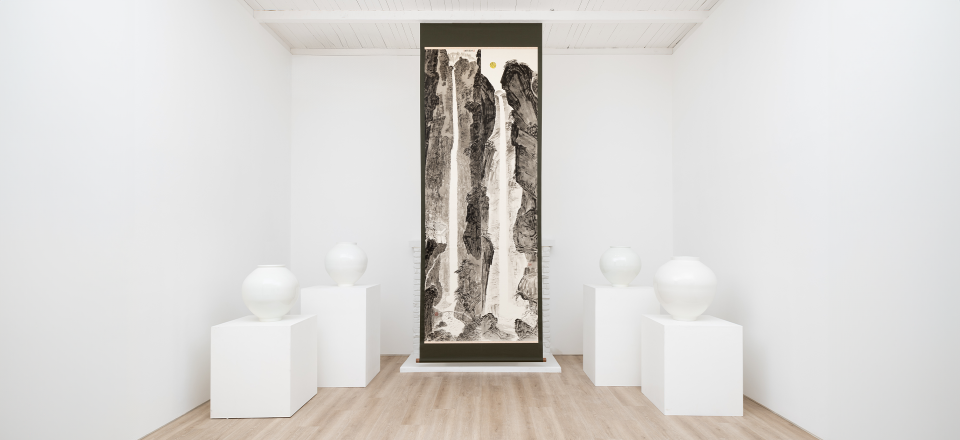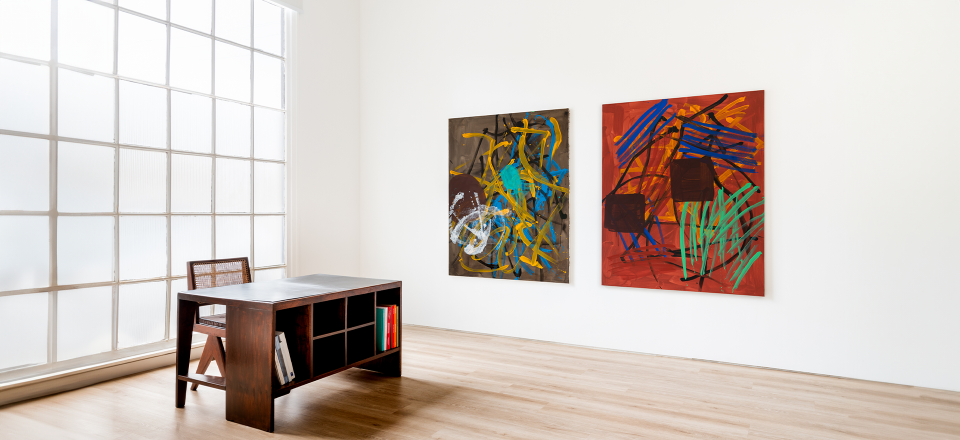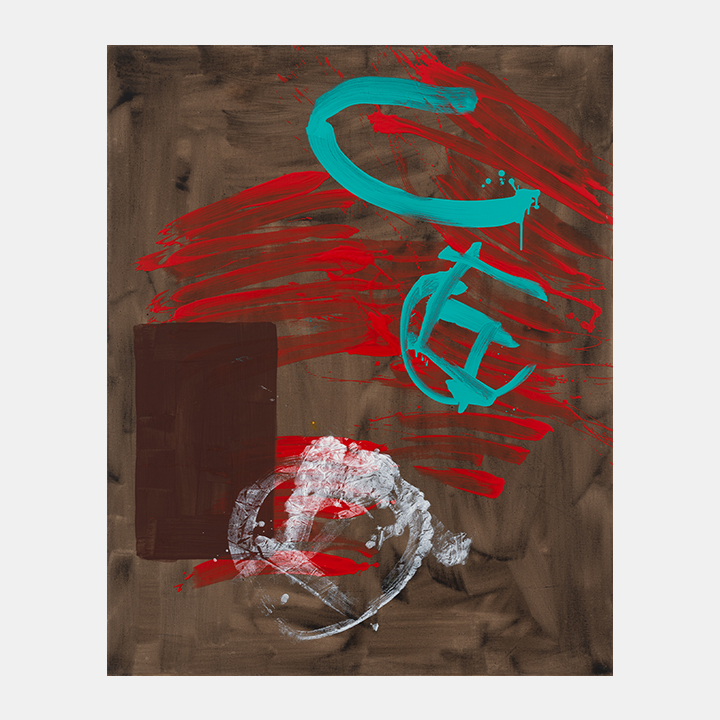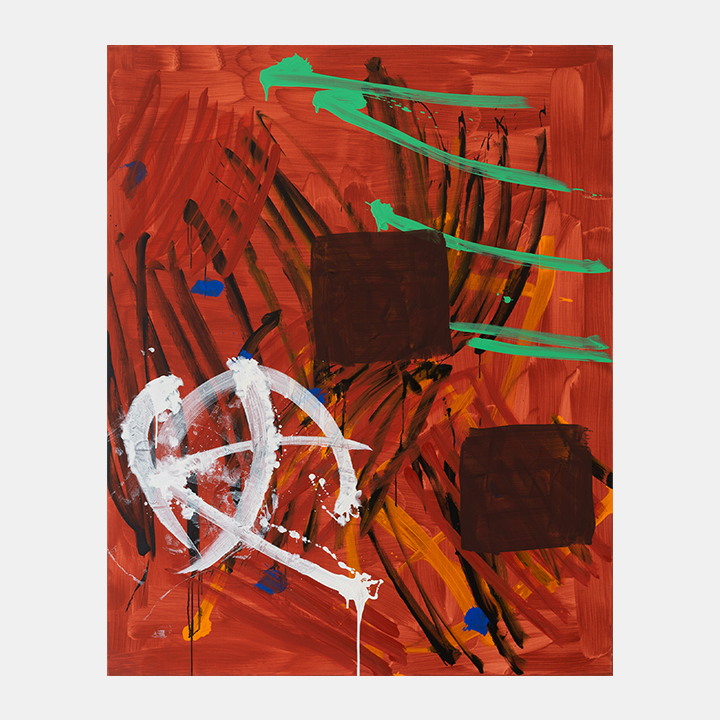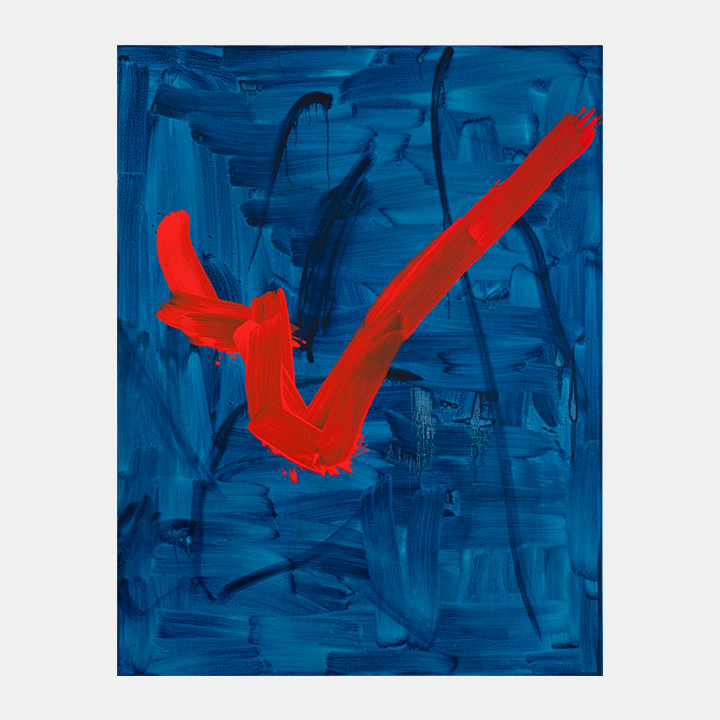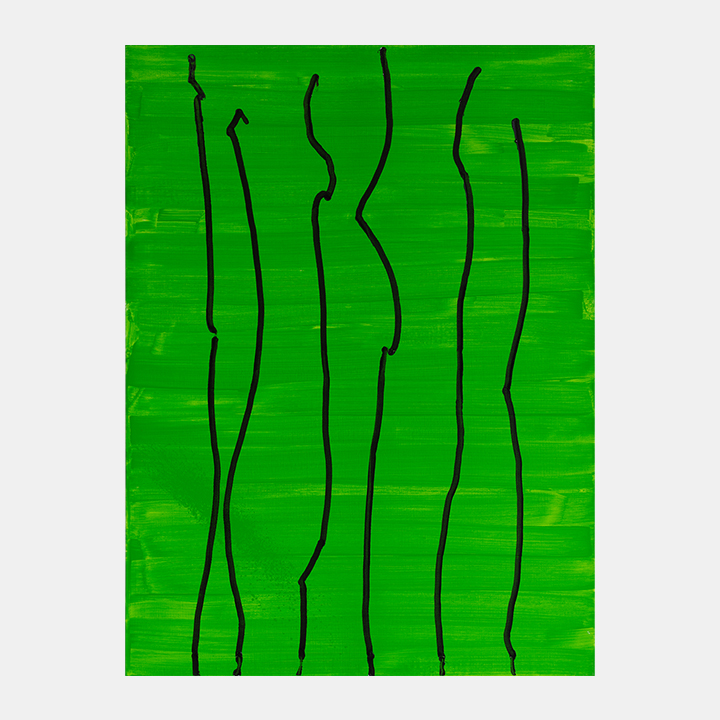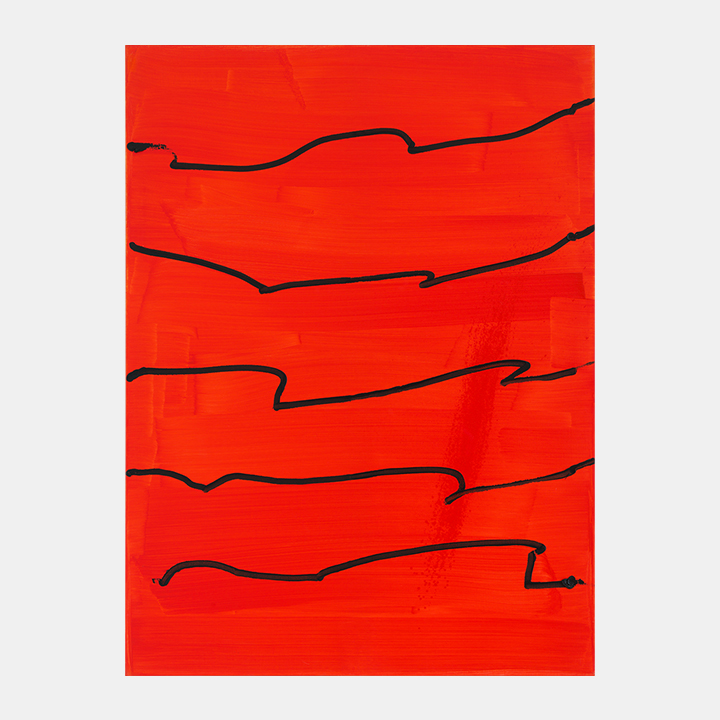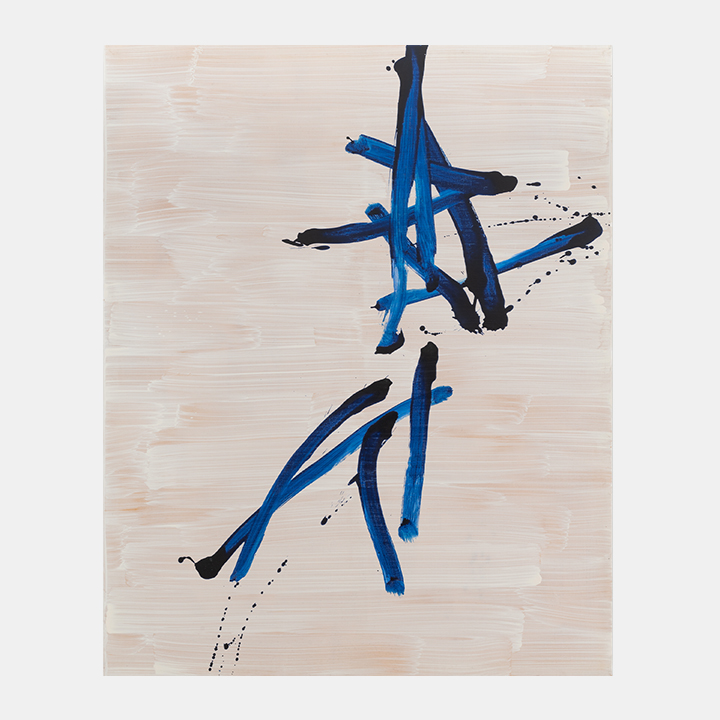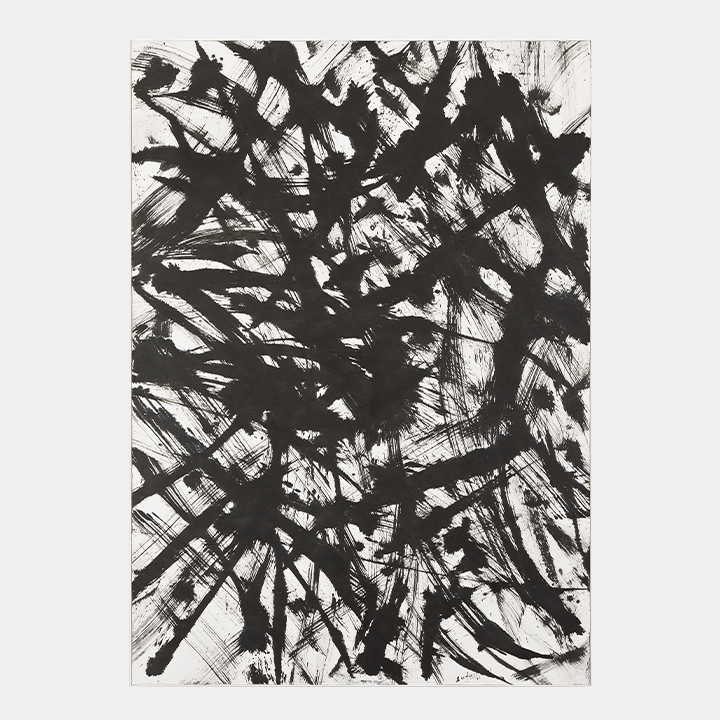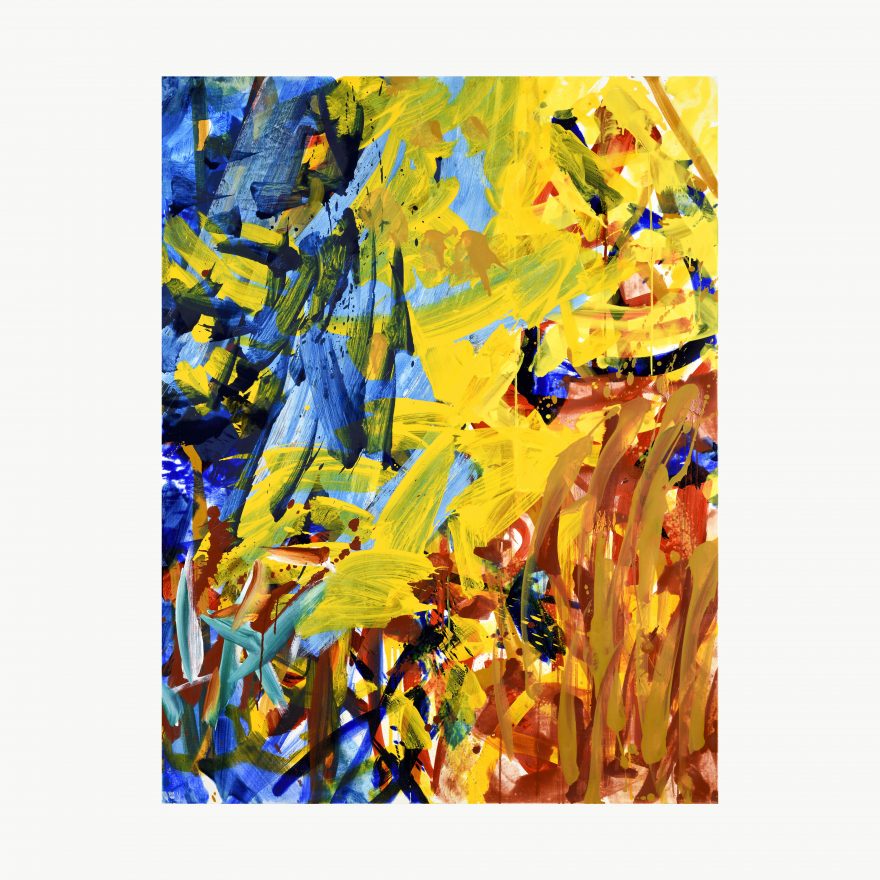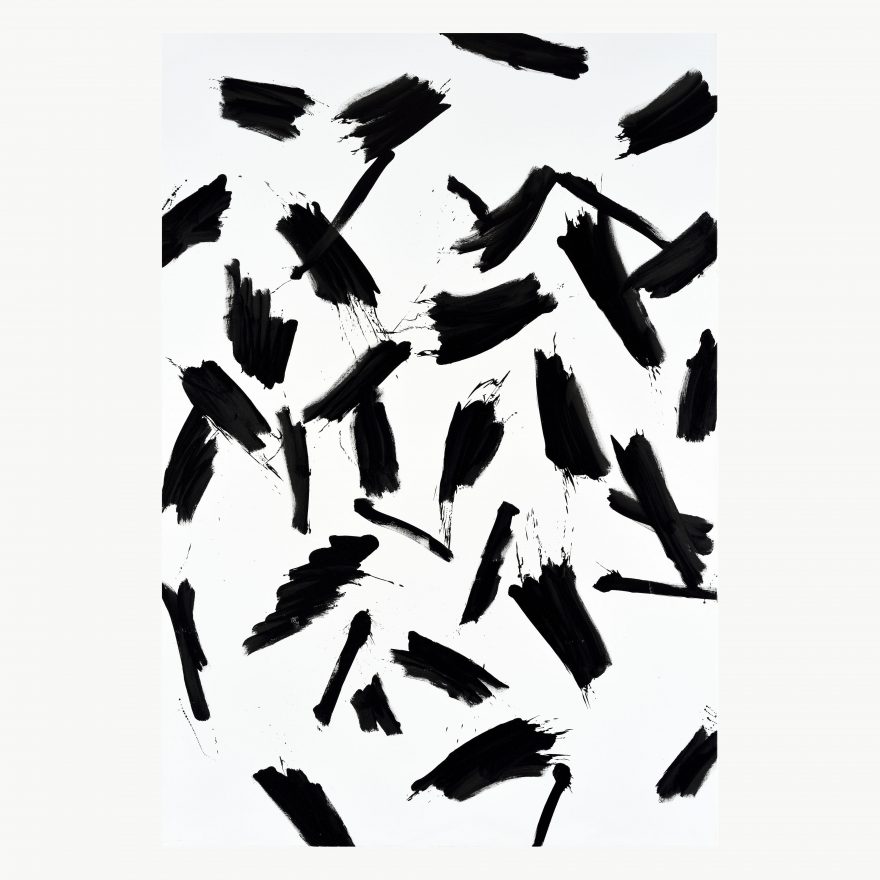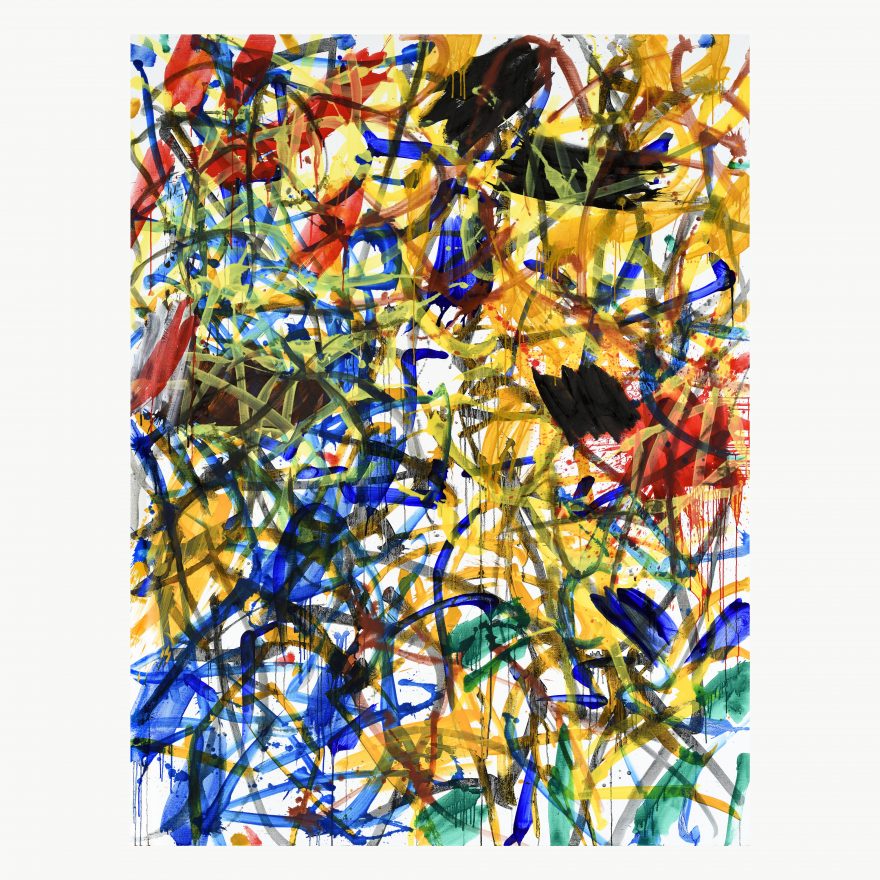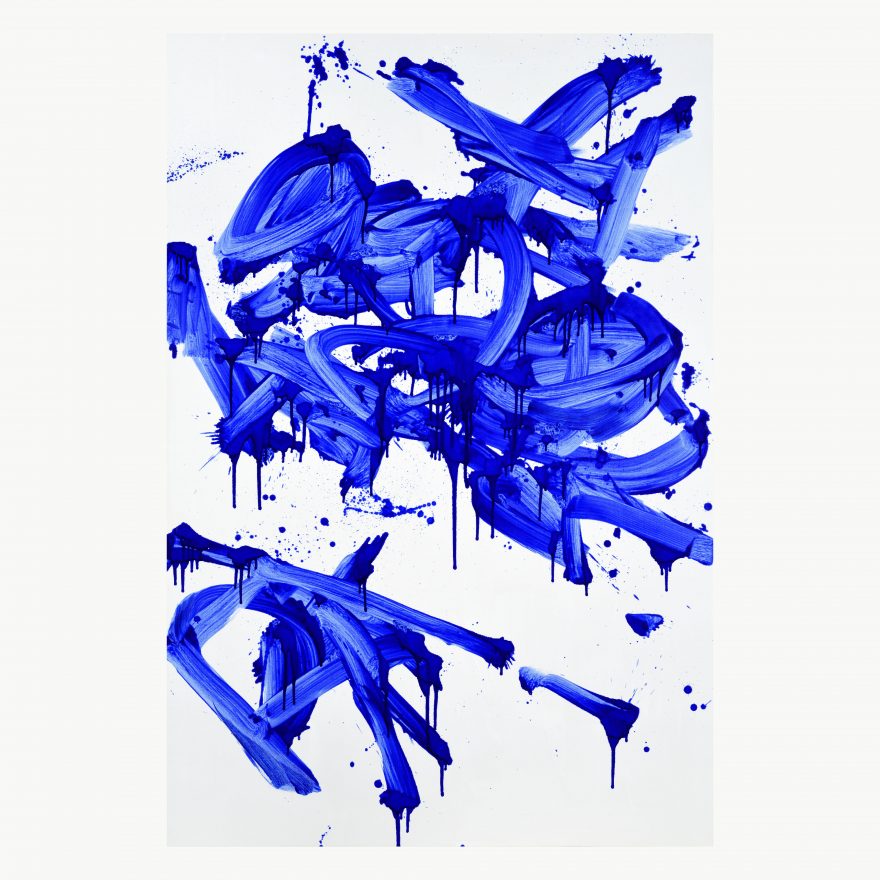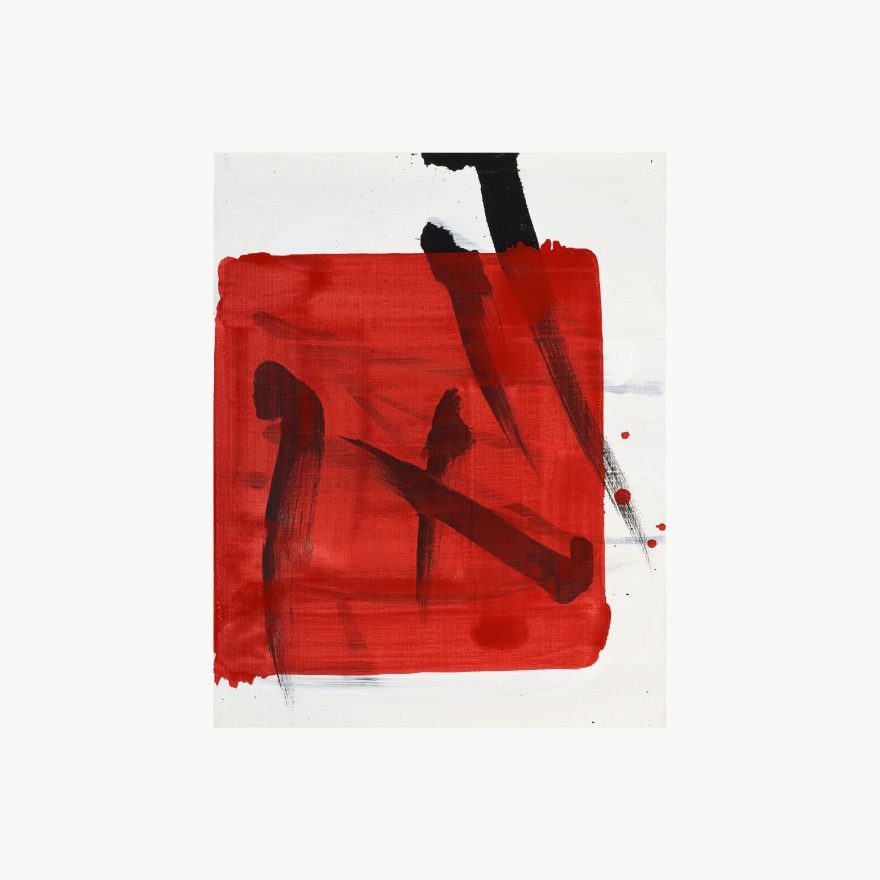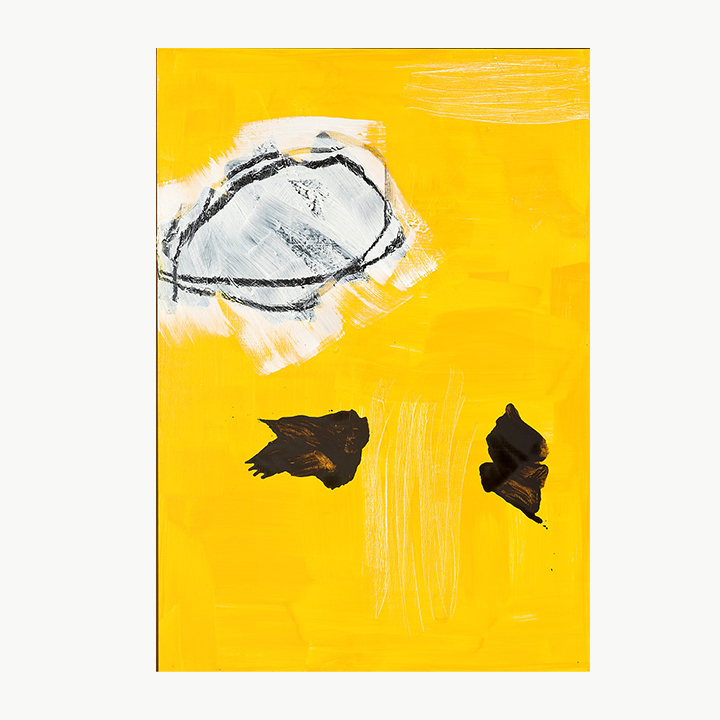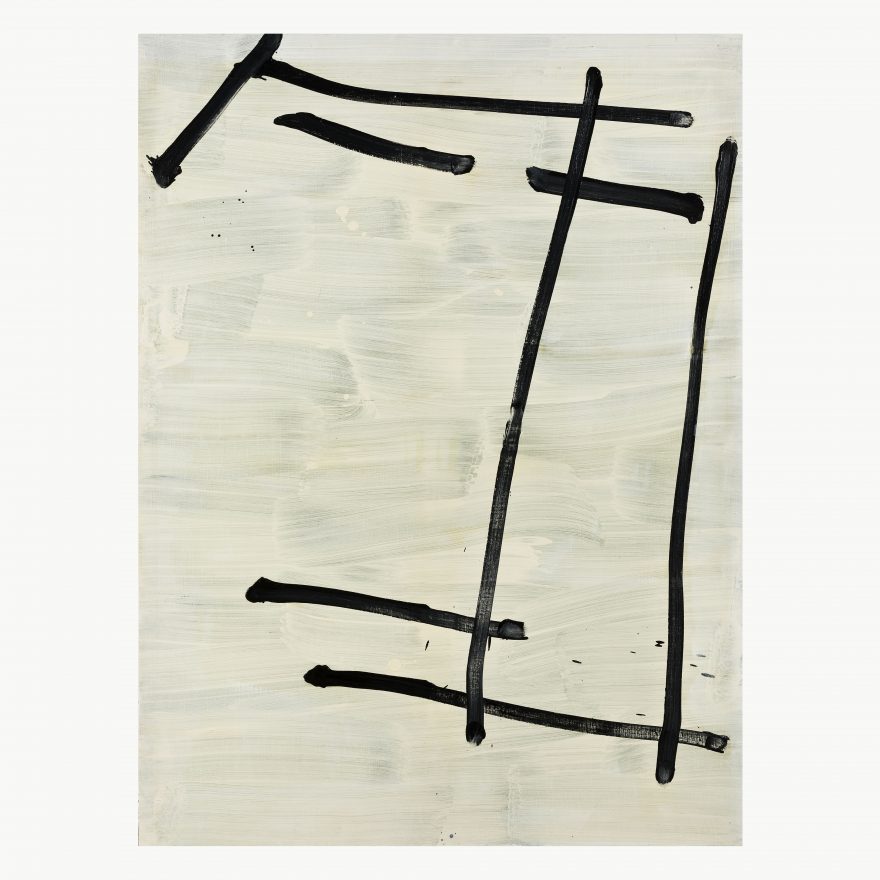ARTIST
Oh Sufan
오수환
1946-
Oh Sufan (b. 1946) invites us to a novel aspect of nature through his method of drawing, which portrays appearances of nature we had never thought of or recognized. The “Gokshin” series was his earliest representative work until the mid-1990s. The term “Gokshin” comes from the phrase “Gokshin bulsa,” which translates as “the Gokshin never dies.” This can be interpreted simply as “in nature the human spirit never disappears” and can be linked to the Taoist concept of “non-doing.” Hence, his work reveals elements of East Asian philosophy, but he does not want his works to be understood on this basis alone. The theories he adopted were merely applied to his works to share Eastern sentiments and tastes. On the one hand, Oh’s paintings remind us of Western Modernism because they resemble European Art Informel in that paint is applied very thickly to reveal its texture, and the entire picture plane consists of color fields. Thus his paintings are always circulating, like Laozi’s concept of “non-dong,” coming and going between East and West, universal sentiment and new experience. Ultimately, Oh’s abstract drawings are a world of “non-doing,” continued without end over four decades.
오수환(b. 1946)은 우리가 미쳐 생각하지 못한, 혹은 인지하지 못한 자연의 모습을 드로잉 방식으로 그려냄으로써 색다른 자연으로 초대한다. 그의 첫 작업인 ‹곡신(谷神)›시리즈는 1990년대 중반까지 그의 대표적인 작업이다. ‘곡신’은 “곡신불사(谷神不死)” 즉, 곡신은 죽지 않는다는 구절에서 따온 글귀로, 이는 단순하게 ‘자연 속에서 인간의 정신은 사라지지 않는다’는 의미로 해석할 수 있으며 노장사상인 ‘무위(無爲)’와도 이어진다. 이처럼 그의 작업에는 동양 철학의 특성이 드러나지만 그는 이를 바탕으로 작품을 이해하기를 원하지 않는다. 그가 차용한 이론들은 동양적인 정서와 취향을 공유하기 위해 작품에 적용된 것일 뿐이다. 한편으로 오수환의 그림은 서양의 모더니즘 형식을 연상시키는데, 이는 질감이 드러나도록 두껍게 발린 물감과 화면 전체가 색면으로 이루어졌다는 점에서 유럽의 앵포르멜과 유사하기 때문이다. 그의 그림은 ‘무위’라는 노자의 말처럼 동양과 서양을 오가고, 순환되며 보편적 정서와 새로운 경험사이를 오간다. 오수환의 추상적인 드로잉은 40년 동안 이어지는 화업의 시간 속에서 끊임없이 이어지는 ‘무위’의 세계인 것이다.
